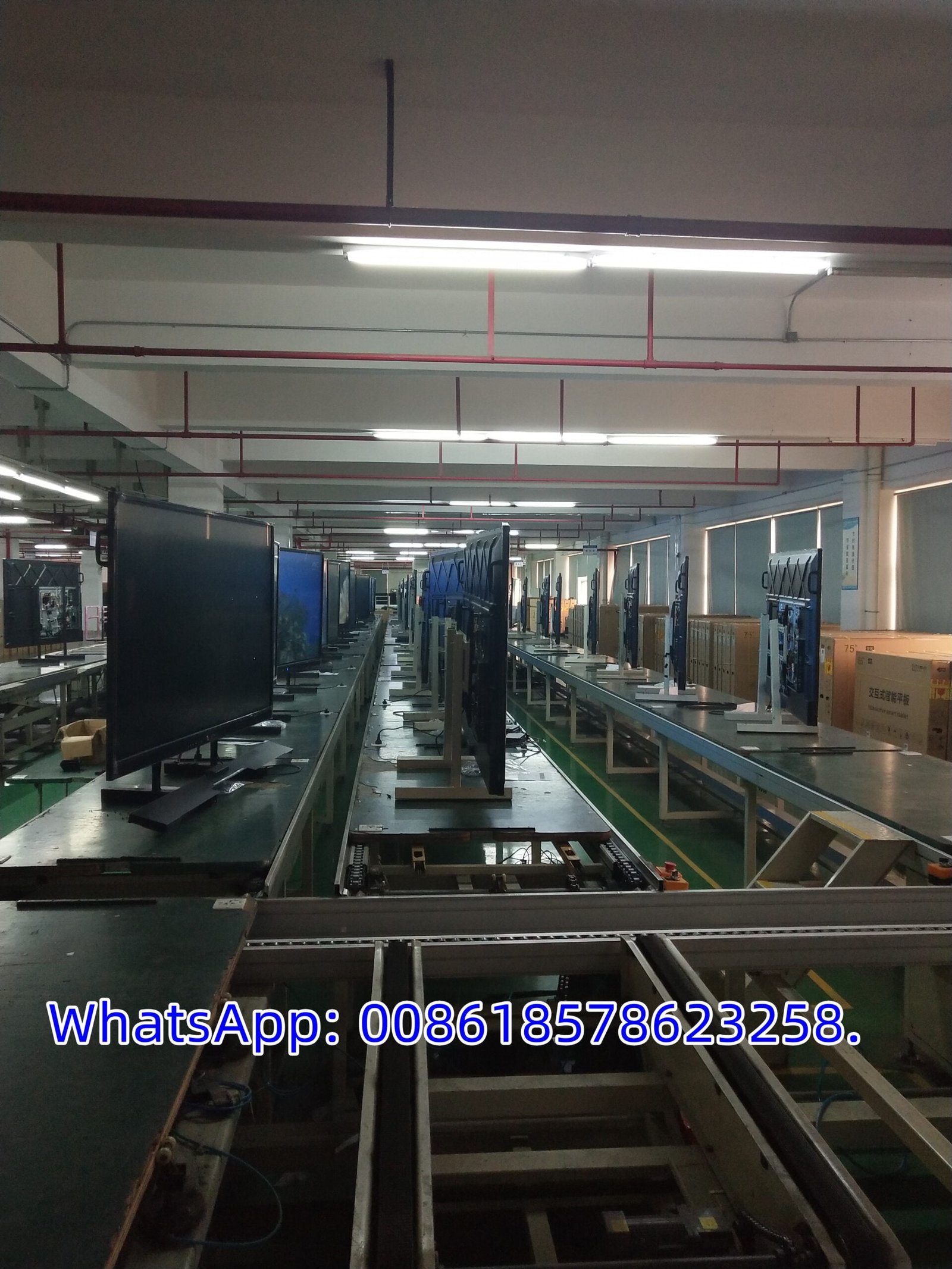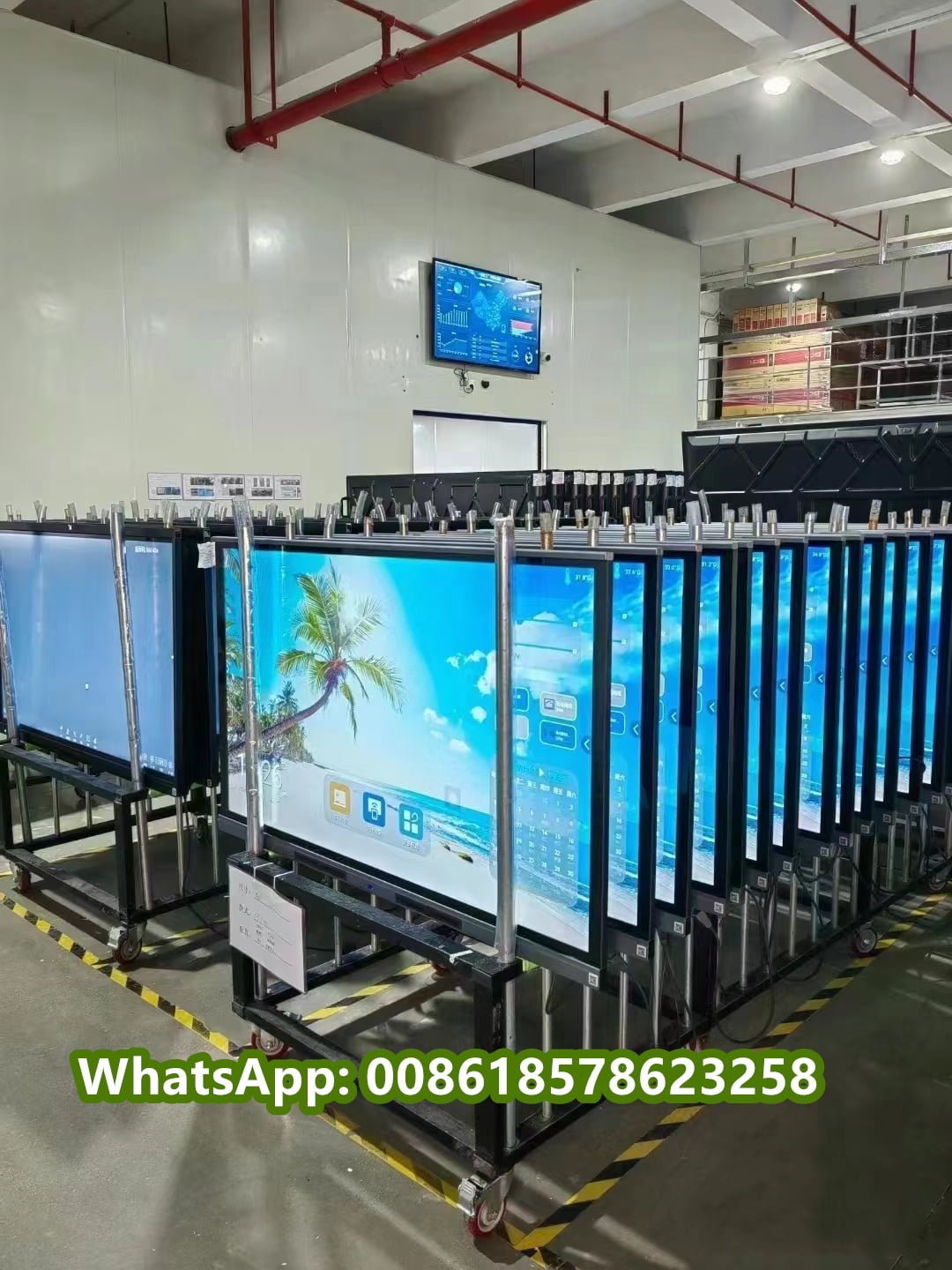How to Use Smart Board in Classroom?
To effectively use a smart board in the classroom, educators can leverage its interactive features to enhance teaching and learning experiences. Here are key strategies and functionalities to consider:
Understanding Smart Boards
A smart board is an interactive whiteboard that combines traditional teaching methods with modern technology. It allows users to interact with a large touch-sensitive display, enabling activities such as drawing, writing, and navigating digital content in real time. Smart boards often come with specialized software that enhances collaboration and engagement in the classroom.
Main Uses of Smart Boards
1. Enhancing Lesson Delivery
Smart boards allow teachers to present content dynamically, integrating multimedia elements like videos and interactive simulations. This visual engagement helps capture students’ attention and aids comprehension of complex topics.
2. Streamlining Teaching Efficiency
By reducing the need for traditional tools like chalkboards and projectors, smart boards streamline lesson delivery. Teachers can easily access digital resources, saving time and allowing them to focus more on instruction rather than material preparation.
3. Delivering Differentiated Instruction
Smart boards facilitate personalized learning by enabling teachers to tailor lessons to different learning styles. Interactive lessons can be customized to meet individual student needs, fostering an inclusive environment.

Practical Steps for Using Smart Boards
Setting Up
1. Power On: Locate the power button, usually on the side or bottom of the board.
2. Access the Interface: If the board is locked, swipe down from the top and select the guest account to bypass login requirements.
Engaging Students
– Interactive Lessons: Use the board to display educational videos, conduct virtual experiments, or show images related to the lesson. This helps create an engaging and experiential learning environment.
– Collaborative Activities: Allow multiple students to interact with the board simultaneously, encouraging group work and collaboration. This can be done through apps that support multiple touch points.
Utilizing Software and Tools
– Whiteboarding Apps: Most smart boards come with built-in whiteboarding software that allows for note-taking, drawing, and organizing lessons dynamically. These tools can replace traditional teaching aids and enhance interactivity.
– Web Browsing: Use the built-in web browser to access online resources during lessons, enabling real-time information sharing and research activities.

Customizing Lessons
– Templates and Preloaded Content: Many smart boards offer customizable templates for lesson planning, including calendars, maps, and gameboards. This can help keep lessons organized and visually appealing.
– Screen Sharing: Utilize screen sharing capabilities to project content from personal devices or other sources, allowing for seamless integration of various materials into lessons.
Remote Learning Capabilities
Incorporate remote learning features to engage students who are unable to attend in person. Smart boards can support videoconferencing and real-time collaboration, making it easier to include all students in the learning process.
By effectively utilizing these strategies, educators can maximize the potential of smart boards, creating a more interactive and engaging classroom environment that caters to diverse learning needs.

